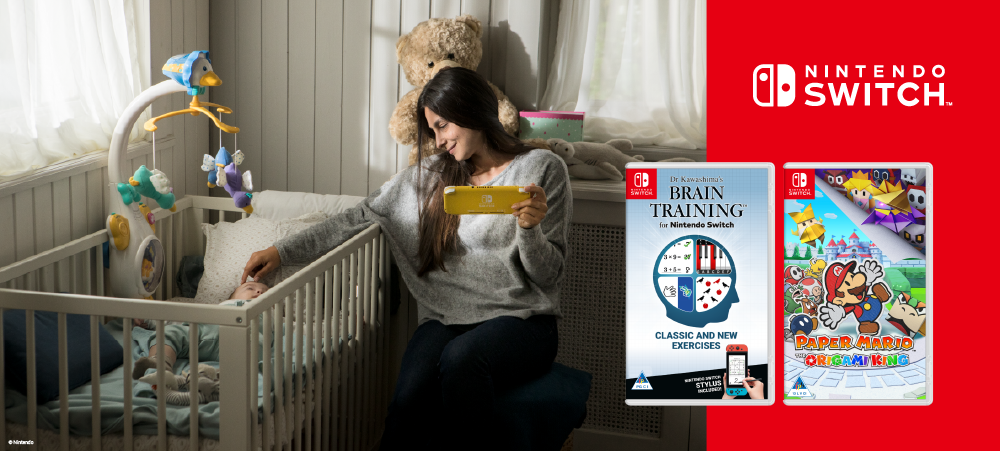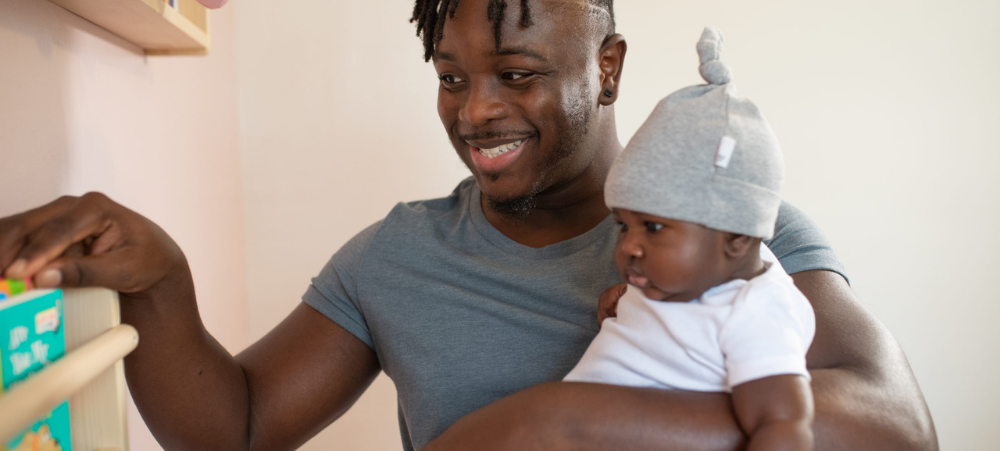
Why extra classes online can be the smarter option right now
There’s no doubt that “online” has become the new norm for almost everything. From business meetings and work to entertainment and socialising. School curriculums are also no exception to the rule and extra school lessons have had to move from in-person tutoring to a more digital realm. But here’s why extra classes online aren’t all bad, in fact with Paper Video you might even find them more engaging and favourable compared to traditional tutoring. You decide when and where Flexibility has become one of the most important factors. Busy schedules can make it difficult to stick to set tutoring times and we’ve had to tailor our lives around them. Travelling around from one extracurricular to the next has also become a thing of the past, especially in our current climate. Online tutoring allows learners to catch up in the comfort of their own homes at convenient times that suit an entire household. Paper Video gives learners instant at-home-access to the ultimate collection of revision resources with thousands of embedded video lessons, taught by experienced and engaging teachers. As a result, learners can simply log in, whenever, wherever, to get access to an extra teacher. It’s not just one expert teacher on the line Traditionally, personal tutors specialise in one or two subjects and learners might find that they would like to excel in or need help with more than one subject. Signing up for Paper Video gives learners access to Maths, Physical Sciences*, Life Sciences* and Accounting all on one platform (*covered in Natural Sciences for grade 8 and 9 learners). Not only that, an exceptional list of teachers from a selection of some of the top schools in the country, means that one platform gives you access to specialised experts in each subject. You still get your one-on-one time Many digital learning platforms do come with the perception that there’s not much room for one-on-one interaction. This may be a deal-breaker from some, but many e-learning, online tutoring and online schooling platforms are adapting and making sure their lessons are as engaging, animated and in-depth as possible to accommodate learners who need that extra personal touch. To ensure this, Paper Video has created over 11,000 video lessons that cover everything from individual past exam questions to entire topics in the syllabus. Each video follows a step-by-step approach to explain the required concepts, so the platform ensures that the resources cover any question learners might have. Find what you’re looking for, faster Convenience has become a key driver in the modern world and digital tutoring platforms are making it easier to not only get down to the specifics, but also finding answers fasters. Paper Video helps learners find what they’re looking for with their past exam questions and topics in each subject linked to searchable keywords. Learners can simply type in a word in the platforms’ search box and find a list of all related past exam questions and topic video lessons. Less pressure, more learning While participation is encouraged in many classes, it can often place a lot of pressure on learners and cultivate a competitive environment. Learners all engage and study differently, so while the typical classroom environment is stimulating for some, it does not work as well for others. Today, digital resources can give learners the option to study in a way that’s comfortable for them, and the more comfortable they are, the easier it is to retain information. With Paper Video, learners can study online in their own time and track their own progress. The platform also gives learners the freedom to study at their own pace and revisit concepts they might not have understood, all without the pressure of feeling left behind. Whether you’re a parent or a learner that’s still getting used to the idea of the online migration, the fact remains that online technologies have blown digital education and tutoring opportunities right open. It’s not only saving time but money. Its accessibility, individuality and flexibility are what’s making it more appealing by the day, especially with the unprecedented challenges being faced by learners at the moment. Visit www.papervideo.co.za or contact Paper Video on 061 357 2304 for more information on how to get started.

































